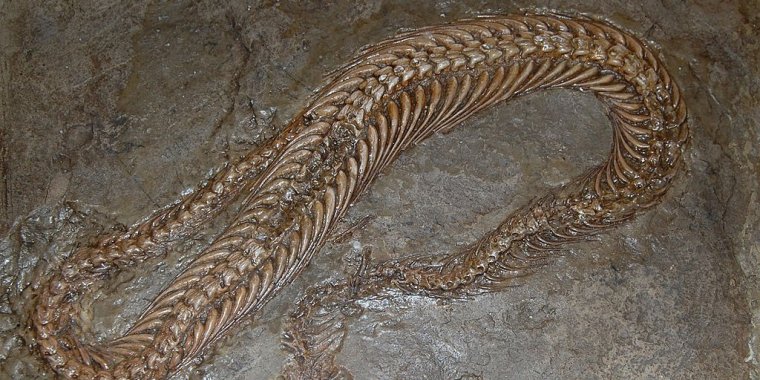| News / Science News |
Cretaceous baby snake fossil found in Myanmar
A team of researchers from China, Canada, the United States, and Australia published on Wednesday their discovery of an early fossilized baby snake, reportedly the oldest ever found, in a piece of amber in the middle of a sandstone deposit in Myanmar.
The specimen, a piece of amber, was found in a sandstone deposit by fossil hunters who contacted scientists in 2016, and later donated it to the Dexu Institute of Paleontology in Chaozhou, China, where scientists were able to examine it closely.
The snake skeleton itself, though missing a head, is about 1.9 inches long (47.5 mm).
The scientists said a scrap of skin also found suggests another snake, and bits of plant and insect matter indicate the area may have been forest at the time the snake was preserved.
They dated the fossil to the Cretaceous period, roughly 99 million years ago, the same period as Tyrannosaurus rex, Triceratops, and early mammals, sharks, and flowering plants.
The specimen represents a previously undiscovered species, which the scientists named Xiaophis myanmarensis, or "dawn-snake of Myanmar."
The researchers concluded it was in fact a snake and not a mere legless lizard by studying the vertebrae, which were found with their ribs intact, in each part of the snake's body.
The findings, said scientists, indicate fauna from the prehistoric megacontinent Gondwanaland migrated to Laurasia. This is also the earliest snake to be found in a forest environment, suggesting that snakes had become reasonably biodiverse by the Cretaceous. (Wikinews)
YOU MAY ALSO LIKE





